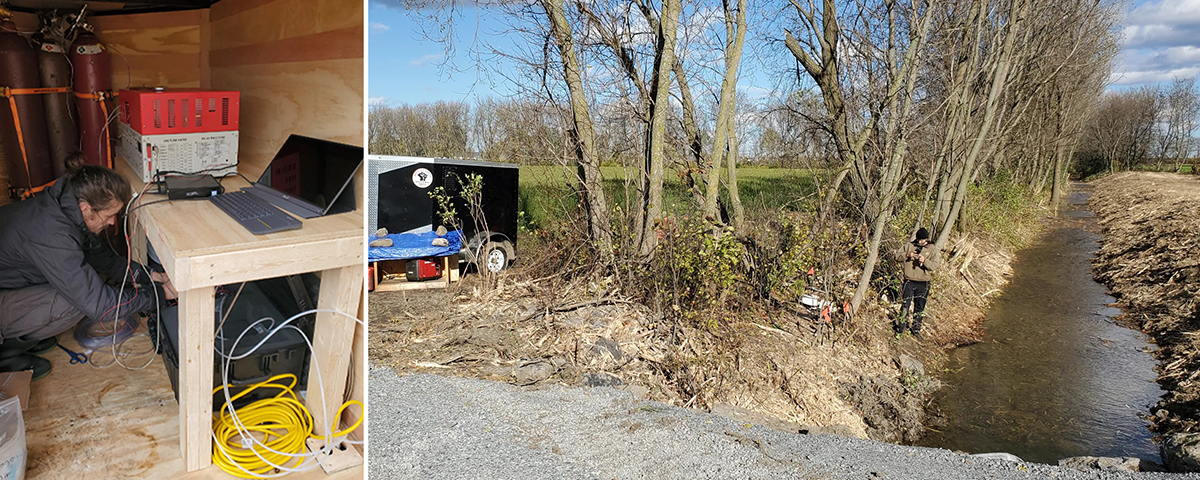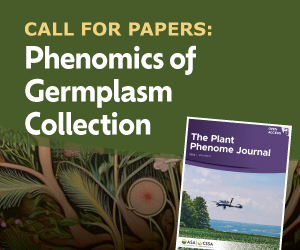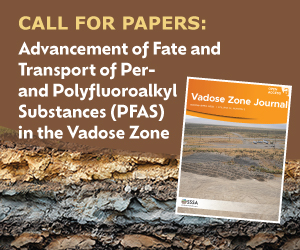Novel field-sampling system used to monitor greenhouse gas cycling at a high time resolution

Drainage ditch ecosystems provide several environmental benefits, including the regulation of the greenhouse gas (GHG) cycle, contributing to the sustainability goals and emission targets of the agricultural sector. Although seasonal variations in GHG cycling and emissions are well understood, instances of rapid and significant GHG emissions from soils over hours or days are not well quantified.
Researchers used a novel, automated GHG sampling system to collect measurements of GHG emissions as well as soil GHG concentrations, soil temperature, and soil moisture. Measurements were collected at a four-hour resolution over several months in an agricultural drainage ditch setting, providing an unprecedented high-resolution dataset that spans daily to seasonal timescales. They found that irregular rapid changes in GHG cycling associated with substantial rewetting events, a rising water table, and dry periods were significant in contributing to overall emissions over the study period, and they demonstrated that neglecting these short-term events could result in misleading estimates of GHG emissions from soils.
These findings provide a better understanding of the temporal variability in GHG production and how emissions from soils depend on climate variables, which can help improve GHG emission predictions and agricultural management practices.
Dig deeper
Richardson, M., Amos, R., Lapen, D., Blowes, D., & Ptacek, C. (2025). Importance of short-term variations in greenhouse gas emission and cycling along agricultural riparian zone soils. Vadose Zone Journal, 24, e7005. https://doi.org/10.1002/vzj2.70005.
Text © . The authors. CC BY-NC-ND 4.0. Except where otherwise noted, images are subject to copyright. Any reuse without express permission from the copyright owner is prohibited.










